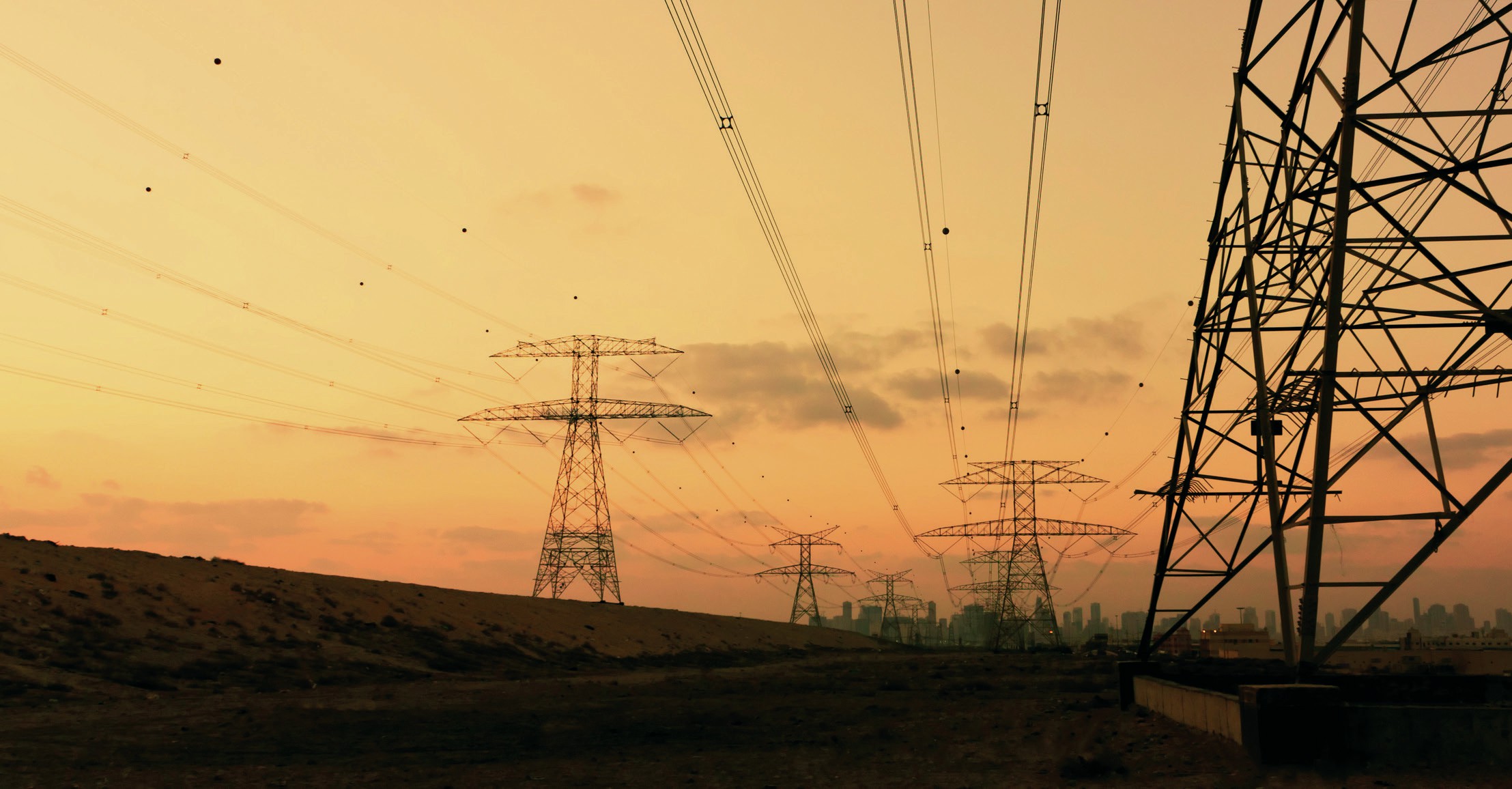
In economics, we typically think of capital, labour and land being combined to create output. It’s easy to forget that to make this possible we also need energy — and lots of it. In 2014, total energy demand in the UK was the equivalent of 201 million tonnes of oil.
To be of use, this energy needs to be in a form in which it can generate heat or movement. These usable forms include oil, gas and electricity. Electricity is the most flexible form of energy, and accounted for 19.3% of our final energy consumption in 2014 (up from 11.3% in 1970).
Your organisation does not have access to this article.
Sign up today to give your students the edge they need to achieve their best grades with subject expertise
Subscribe




